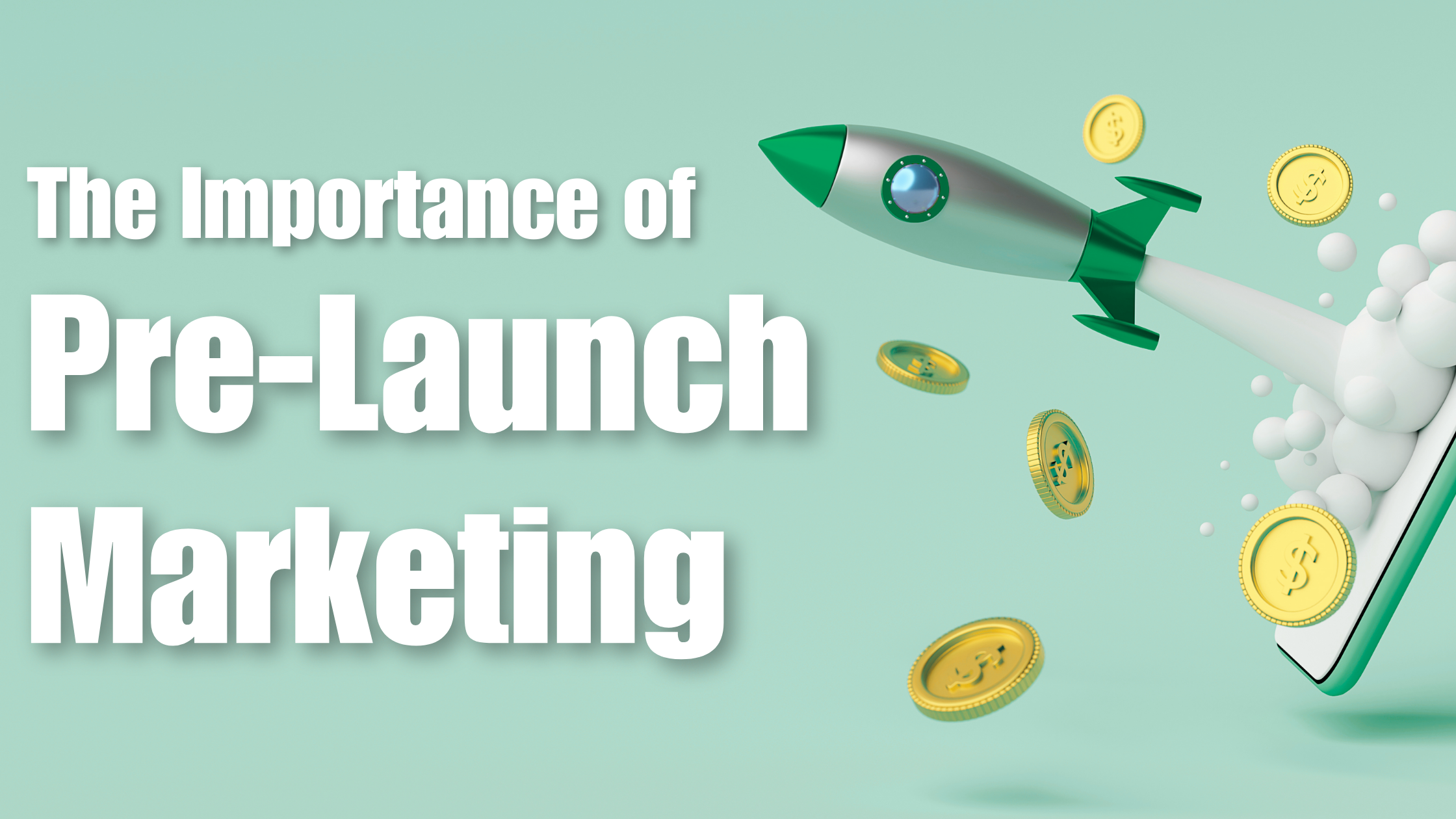Learn From Previous Site
You can learn so much from your existing website if you have one! Assessing what worked and what didn’t is the first step. if you weren’t hitting your ROI or business goals from your existing site. There will be numerous ways you can improve the customer journey experience for your new site.
It’s important to understand why your website performs the way it does thanks to tools such as Google Analytics. Our recommendation would also be to run a website audit. The audit will give you insights into your website’s current on-page and off-page SEO, load speed, links, usability, performance, social presence, and more. Additionally, research your brand online as a prospective client – what does your brand’s presence online look like?
7 Tips for Setting Up Your New Site
1. Domain
Your domain name is your URL – it’s how people find you online. It’s also a reflection of your brand, so make it easy to spell. Further, avoid hyphens or numbers when establishing your domain. Keep your domain name short and memorable, and consider your target audience when creating it for your business. If the domain name is available on social media platforms, you’ll have the advantage of keeping your brand consistent across all digital channels.
2. Website Hosting Provider
Your hosting provider gives the foundation of your website. It’s what keeps your site up and running. when choosing a hosting provider, consider price, features, security, scalability, and uptime guarantee. Be sure to read reviews of potential hosting providers before making your final decision. Need help? We can help you find a hosting provider and remove the stresses of hosting your website. Contact us!
3. Customer Journey
Always take into consideration your customer journey when creating your new site. How can you make the user experience as seamless and enjoyable as possible? Each page of your website should have a goal/purpose, and every element on the page should be there for a reason. Creating a map of your customer journey will ensure that your website is designed with your user in mind.
4. Keyword Research
Keyword research is finding words and phrases that potential customers are using to search for businesses like yours online. Once you have a list of keywords, you’ll want to integrate them throughout your website – in your titles, meta descriptions, header tags, slugs, alt-tags, blog posts, etc. To further make your site more discoverable by search engines.
5. Sitemap + URL Structure
Your sitemap is a list of all the pages on your website. Creating a sitemap helps search engines index your site more effectively and can improve your SEO. Your URL structure is how those pages are organized – it’s the website’s hierarchy. When creating your sitemap and URL structure, you’ll want to keep things simple and easy to understand. This means using descriptive, keyword-rich URLs that are organized logically.
6. Accessibility
Making your website accessible across all platforms and to everyone is essential. That includes those who may use assistive technologies to access your site. When creating your new website, keep accessibility in mind and design accordingly. There are many factors to consider when making a website accessible. But some things you can do include using alt-tags for images or adding transcripts for audio/video content.
7. Push Content Promoting Your Site!
Your website is live, but that doesn’t mean your job is done. To draw traffic to your site, you need to promote your new website! The best way to do so? With authentic, relatable content. From having a great SEO strategy to improving your search engine ranking to paid advertising, social media, or email marketing. Your content strategy should raise brand awareness to drive people to your website and hit your business goals! If you follow these tips, you’ll be able to set up an optimized website for both search engines and users. Need help? Our team of experts can help you with all aspects of website user experience, development, and content, from researching keywords to setting up google analytics.
WJ Media Group can help you achieve your goals by providing you with the best SEO, email marketing, and social media marketing in New Jersey.
Contact Us
Here at WJ Media Group, we provide high quality and affordable web design for small businesses in New Jersey to successfully market their company. We have a broad education in marketing and work with multiple different companies currently. Contact us for a free consultation today! or call us at (732) 670-6402
FAQs – Tips For Setting Up Your Website
What are the essential steps for setting up a user-friendly website for my small business?
Setting up a user-friendly website for your small business involves many important steps, including domain registration, choosing a reliable web hosting provider, designing an easy-to-use navigational structure, optimizing the site for mobile experience, and creating valuable, unique and high quality content that resonates with your target audience.
What on-page SEO elements should I focus on during website setup?
During website setup, you should prioritize on-page SEO elements like optimizing your title tags, meta descriptions, headers (H1, H2, H3), and image alt text with relevant keywords. Also, ensure your website’s content is organized and structured logically for both search engines and users. If you’re looking for high quality SEO services for small businesses in New Jersey, then contact us today!
How important is website speed for user experience and search engine rankings?
Website speed is crucial for both user experience and search engine rankings. A fast-loading website improves user satisfaction, reduces bounce rates, and encourages longer visitor engagement. Google also considers page speed as a ranking factor, emphasizing the importance of optimizing images, reducing server response times, and using caching.
Related Articles
Professional Websites vs DIY Websites
Post Views: 290 A professional website is an essential tool...
Read MoreSEO Tips for Cannabis Websites & E-Commerce Stores
Post Views: 196 Build in-depth Product Pages Your product pages...
Read More5 Web Design Trends in 2022
Post Views: 175 1. Interactive Content Getting a user to...
Read MoreCannabis eCommerce Websites: 5 Must-Have Features
Post Views: 184 Independent eCommerce Platform When deciding how to...
Read More


